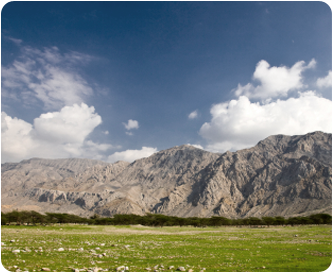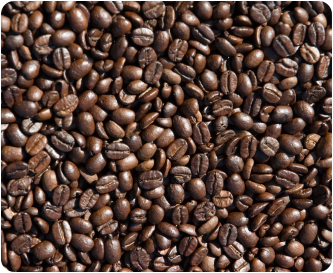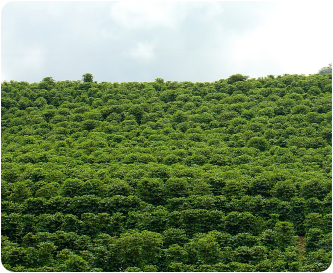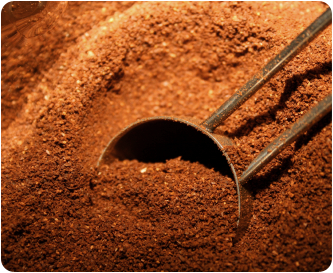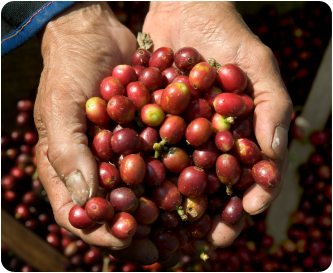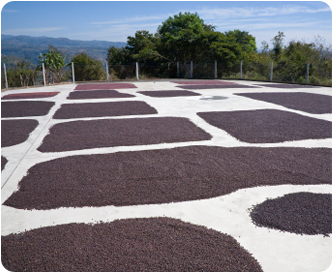The high flyer among coffees
From the berry to the bean
Purity requirement
At home virtually all over the world
The sprinter
The fine mildness
Quantitative berry harvest
Arabica selection
The high flyer among coffees
From the berry to the bean
Purity requirement
At home virtually all over the world
The sprinter
The fine mildness
Quantitative berry harvest
Arabica selection






